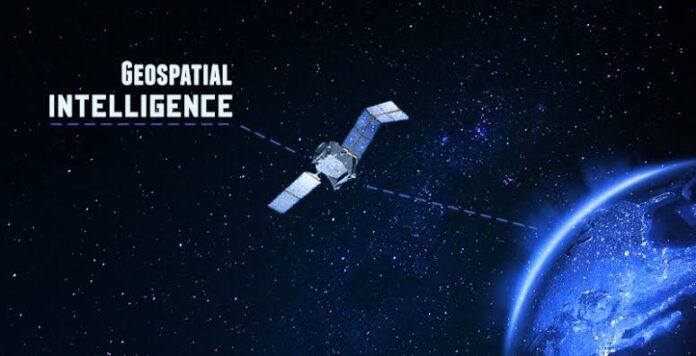In the complex web of geopolitical relations, the interplay between nations often extends beyond the surface, delving into realms of trade, alliances, and strategic partnerships.
Recent report by Bloomberg regarding China’s support for the Russian defense industrial base underscore the critical role of geospatial intelligence in deciphering these intricate dynamics.
The recent communication between President Joe Biden and Xi Jinping shed light on concerns surrounding China’s extensive backing of the Russian defense sector. Adrienne Watson, spokesperson for the White House National Security Council, highlighted the breadth of this support, ranging from machine tools to microelectronics. Such assistance not only bolsters Russia’s military capabilities but also deepens the alliance between Beijing and Moscow, encapsulated in their proclaimed “no limits” friendship.
Trade figures reveal the magnitude of the relationship between China and Russia, with transactions reaching a staggering $240 billion in 2023. As Western manufacturers withdrew due to sanctions and political tensions, China emerged as a crucial supplier for Russia, providing everything from consumer goods to high-tech machinery. Moreover, China’s role as a gateway for restricted technologies, including crucial components for weapons systems, further cements its pivotal position in supporting Russia’s military endeavors.
The Biden administration’s efforts to address China’s support for Russia have intensified, with Secretary of State Antony Blinken briefing European allies on the matter. Urging direct engagement with China and advocating for punitive measures against Chinese entities involved in facilitating Russia’s defense industry, the administration aims to curtail Beijing’s assistance to Moscow. Treasury Secretary Janet Yellen echoed these sentiments, warning of “significant consequences” for entities found supporting Russia’s military activities.
What is Geospatial Intelligence?
At the heart of these concerns lies the concept of geospatial intelligence – the analysis of geographic information to understand political, economic, and military developments. By scrutinizing trade flows, diplomatic communications, and strategic alliances, analysts can discern patterns and anticipate future developments. In the current context, geospatial intelligence offers invaluable insights into the evolving dynamics of the Russia-China partnership and its implications for global security.
The strategic significance of geospatial intelligence becomes particularly evident in the context of the ongoing conflict in Ukraine. As Kyiv grapples with an artillery shortage, Russia’s ability to maintain its military capabilities, despite international sanctions, underscores the resilience of its defense industry. Geospatial intelligence enables policymakers to assess the effectiveness of sanctions, identify loopholes in arms procurement networks, and anticipate shifts in military strategies.
Looking ahead, the role of geospatial intelligence will only grow in importance as geopolitical tensions continue to escalate. By leveraging satellite imagery, geographic data, and advanced analytics, governments can gain a comprehensive understanding of evolving threats and opportunities. From monitoring military movements to tracking trade patterns, geospatial intelligence provides a nuanced perspective on global affairs, empowering decision-makers to navigate the complexities of an increasingly interconnected world.
Geospatial intelligence serves as a crucial tool for deciphering the intricate dynamics of global politics, particularly in the context of China’s support for Russia’s defense industry. As tensions persist and alliances evolve, the ability to harness geographic information becomes indispensable for safeguarding national security and promoting stability on the world stage.



